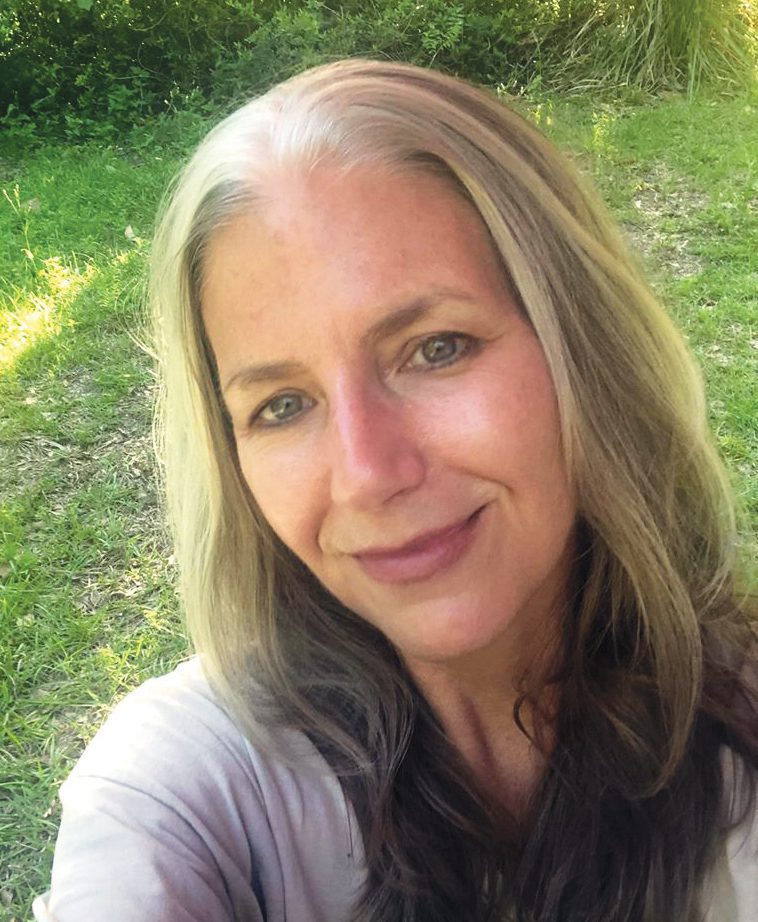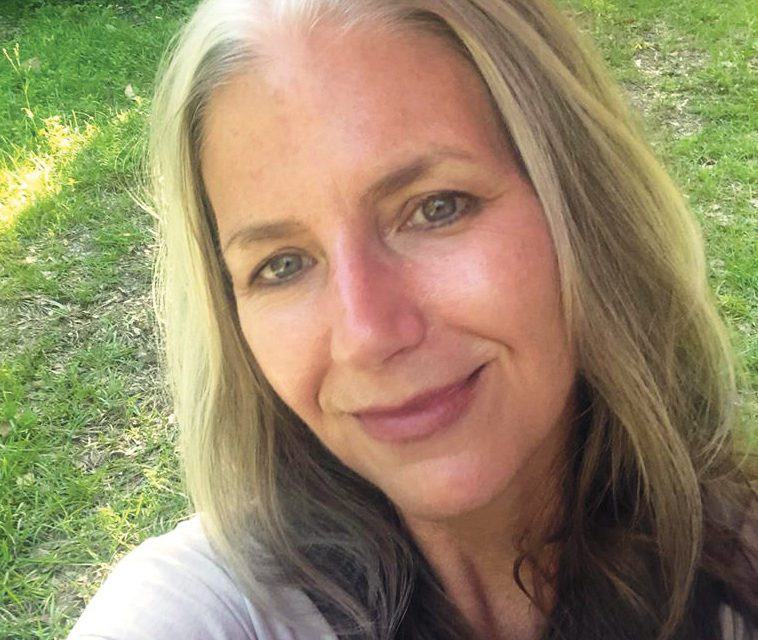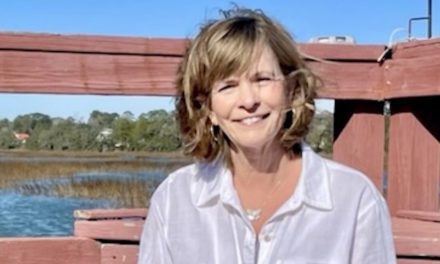 By Margaret Evans, Editor
By Margaret Evans, Editor
I never liked this time of year.
The dog days of summer leave me listless and bored. So listless and bored, in fact, that I never even bothered to learn why they’re called the dog days of summer. I always vaguely imagined a couple of big ol’ dogs, lazing around on a porch, tongues hanging out… listless and bored. Figured that was the reference.
I was wrong. I have just mustered the energy to consult Wikipedia, which tells us:
The dog days of summer were historically the period following the heliacal rising of the star system Sirius (aka Canis Major, The Greater Dog) which Greek and Roman astrology connected with heat, drought, sudden thunderstorms, lethargy, fever, mad dogs, and bad luck.
Delightful.
And this summer, the days feel even doggier, don’t they? Feels like we’re in the double dog days.
For most of us, the halcyon days of the pandemic are long gone – those weirdly wondrous weeks when we were relishing the simple life, communing with our inner flower children – not to mention our flowers and our children – and just deeply grateful to be alive. The Lowcountry spring was even more glorious than usual, and the mandate to “stay home” felt almost like a gift.
But now we’ve entered those damned dog days, and home feels very small. The people who live here have been seeing a great deal of each other for a very long time – to the exclusion of almost anybody else – so nerves are frayed. And there is virtually no escape. (Well, except “virtually,” which I’ll get to in a bit.) There’s no ducking into a cool, dark bar for happy hour, no loitering over lunch with friends in an AC-chilled restaurant. Sure, I can still retreat to the back patio in the evenings, for bird watching and wine drinking, but only if I spray my whole body with Greenbug and make peace with perpetual sweat. Even my morning exercise – such a source of joy in the spring – has become a bit of a drag. Back then I called it my power walk. Now I’ve taken to calling it my “active sauna.”
I realized last week, while out for my active sauna, that my entire social life now consists of passing people at Publix I don’t recognize (masks) and passing people in the neighborhood I don’t recognize (caps and sunglasses). In either case, it doesn’t feel all that social.
Which brings me to the Catch 22 that is social media.
Thanks to the pandemic – of which there seems no end in sight – we’re all more dependent on social media than ever, not just for information, but for connection. Unfortunately, it all too often serves up misinformation and isolation instead.
I’m too cowardly for Twitter, but I’ve noticed a change on Facebook that’s subtle, and might even seem positive if you don’t think about it too hard. (Not thinking about things too hard is not my strong suit.) No longer the rowdy war zone of years past, there are far fewer arguments raging on FB, far fewer contentious clashes of opinion and ideas. Rarely, anymore, do I stumble upon a diverse array of interesting folks disagreeing about this issue or that one. Instead, my newsfeed is filled with two distinct groups of like-minded people, talking amongst themselves – often in robotic political jargon – each group openly disparaging the other as if it were comprised of evil creatures from a distant planet. Gone are any niceties, any pretense of empathy, any acknowledgment of a shared narrative, any attempt to sugarcoat the scorn each group harbors for the other.
To spend time on social media is to be reminded of how deeply estranged Americans have become, how eroded our trust in our institutions, our leaders, and each other. If it’s not like that for you, you’ve probably scoured your friends list and carefully curated your experience, and I don’t blame you a bit. As an opinion columnist, an observer of ‘the scene,’ I don’t have that luxury.
There have been a few bright spots in these double dog days. One of them, for me, was Hamilton, the Broadway musical sensation that started streaming on Disney Plus early this month. (If you haven’t seen it yet, it’s more than worth the price of a month’s subscription.) I’d been in love with the Hamilton score for years, so finally getting to see it – with the original cast, no less! – was like finally seeing your favorite band in concert, with all the original members. More than just a thrill, it was a revelation. With no fireworks on July 4th – or any other festivities – Hamilton single-handedly restored my patriotism. No small feat this year.
But even the hoopla surrounding Hamilton reminded me of how quickly and thoroughly our country has changed. When it first appeared on the scene in 2015, it was not only the darling of Broadway, but of high profile progressives – including Barack Obama – who celebrated Lin-Manuel Miranda’s hip hop score and his bold casting of Black and brown actors as America’s founding fathers. Some conservatives grumbled that it was ahistorical, “stunt casting,” but that stuffy critique only fueled the show’s popularity. Now, just five years later, Hamilton is still wildly popular, but the production has come under intense criticism – mostly from the take-no-prisoners progressives who dominate Twitter – for its upbeat, inspiring take on the American founding, a perspective no longer in vogue. The production has been ripped for romanticizing historical figures who owned slaves: Washington, Jefferson, Madison, and even Hamilton, himself, who bought and sold slaves for his in-laws. A #CancelHamilton campaign started on Twitter a few weeks ago, but it never really got anywhere. As we saw with Harry Potter creator JK Rowling last month, it seems some things are simply too big – or maybe too beloved – to be canceled.
I’m sure that infuriates the Twitter mob, who think only in terms of power and oppression. For me, it’s a hopeful sign. It tells me Americans still value excellence, still possess discernment, still acknowledge complexity, still have beating human hearts.
And speaking of human hearts… mine occasionally beats a little faster in these double dog days thanks to a long-held dream that finally came true in my backyard last month in the form of a male painted bunting. Year after year, I’ve tried to lure this bird, to no avail. A couple of months ago, two female buntings appeared at my feeder for the first time, renewing my obsession. For weeks they hung around, no male counterpart in sight. Lime-green and lovely, they nevertheless paled in comparison to the kaleidoscopic prize I sought. I’d just about lost hope, when suddenly, while I was chatting with my mom on the phone in mid-June, I glanced up at one of my feeders… and there he was.
“Mom,” I whispered. “I gotta go! I have a painted bunting! Oh. My. God. He’s finally here and he is GORGEOUS. Gotta get a photo.”
So I did. And it was terrible. It didn’t begin to do him justice. I have since gotten some better shots, but not many, because he doesn’t hang around my yard very much. Or maybe he does, but I don’t. Not during the double dog days.
But these days won’t last forever, and neither will this pandemic. Eventually, we will come out the other side of this trial. What kind of country we’ll be by then is beyond my imagining and certainly beyond my control. So I will just continue to “stay home,” love my little family, write my little essays, binge Hamilton, and wait for fall migration.
While scrolling through Facebook last week – listless and bored – I came across this quote, from theologian Frederick Beuchner, that I’d posted years ago, during the dog days of summer.
“Listen to your life. See it for the fathomless mystery that it is. In the boredom and pain of it no less than in the excitement and gladness: touch, taste, smell your way into the holy and hidden heart of it, because in the last analysis all moments are key moments, and life itself is grace.”
Hang in there, y’all.









